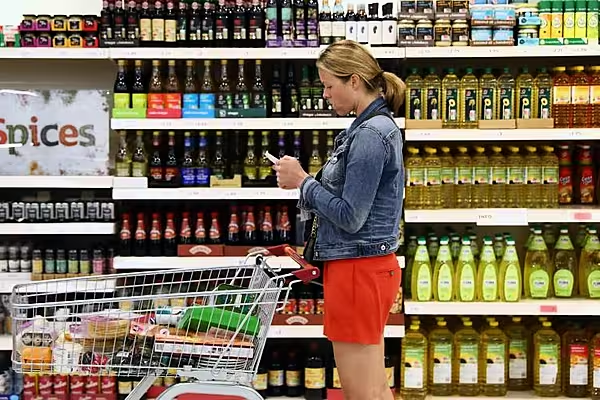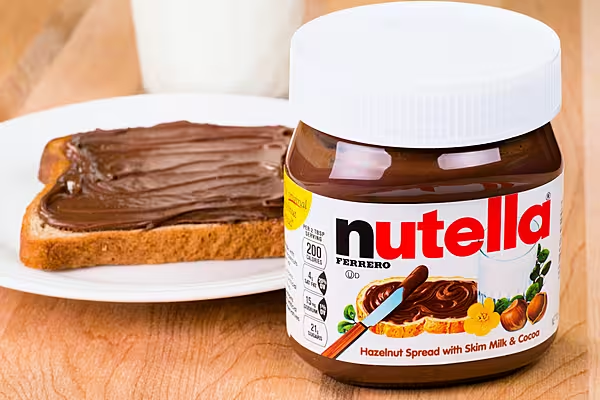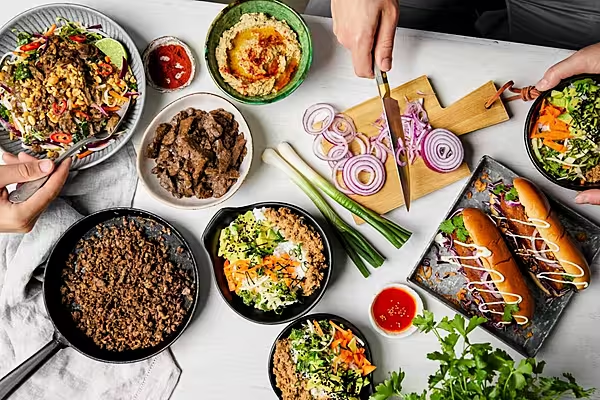Unilever, Procter & Gamble and other major consumer goods manufacturers are touting lower-priced brands, smaller packages and discounts to woo penny-pinching shoppers struggling through the most severe global recession since the Great Depression of the 1930s.
Nestlé told Reuters earlier this month that it has recently launched single-use sachets of Maggi seasonings in Indonesia and smaller sachets and cooking sauces in the Philippines.
The world’s biggest packaged food company is working on 'enhancing the meatiness of its bouillon' for when meat itself becomes a luxury, Nestlé head of culinary products Agnes Lalanne said.
It also is promoting recipes that call for cheaper proteins like eggs and canned meat in the Philippines.
"We'll give this (affordable products) more emphasis,” Nestlé CEO Mark Schneider said last week after reporting third-quarter sales, “because affordability, especially when it comes to the economic consequences of COVID, will become ever more important."
Low Unit-Price Packages
Unilever, which markets food and consumer products in 190 countries, said it is making sure every market has low unit-price packages and cheaper brands.
On a conference call with reporters last week, chief financial officer Graeme Pitkethly said the maker of Hellmann’s mayonnaise and Lipton tea launched new variants of its Savital shampoo, which is priced below its Dove and Tresemme brands, in Latin America.
Consumer product companies usually pass along price and 'promotional allowances' to a retailer, which then uses it to offer limited-time promotions such as 2 for $5 value deals, or everyday low prices.
Many companies initially pulled back on price-focused promotions, such as ‘buy one, get one free,’ in March and April when coronavirus-related shutdowns drove shoppers to hoard everything from hand sanitiser and cleaners to toilet paper and flour.
The demand spike strained supply chains and all parties just focused on keeping stores clean and shelves stocked.
Price Promotions
Chef Boyardee pasta maker ConAgra told Reuters it has increased price promotions, though not to pre-COVID levels, since early spring on products such as Pam cooking sprays, Bird Eye frozen vegetables and Marie Callender pies.
PepsiCo said it would spend more on brand advertising and marketing during the US holiday season.
Unilever said on an earnings call it had reactivated promotion plans with retailers after effectively suspending them during the first and second quarters.
Tide detergent maker Procter & Gamble brought back promotions in most categories in the United States, except where demand remains high, like for its Charmin toilet paper and Microban 24 disinfectants.
As COVID-related costs rose, companies including P&G managed to raise prices as stimulus in countries such as the United States kept cash registers ringing. But a $600 weekly US federal aid program ended in July and prospects for any follow-up government stimulus look bleak.
'Sustained Pressure'
“Consumer spending levels are not going to recover until at least end-2022, so there is going to be a sustained pressure on consumer-packaged goods companies to offer promotions and incentives,” said Oliver Wright, Accenture's global industry lead of consumer goods and services.
By the end of September, about 26% of US grocery items purchased featured a price promotion, according to Nielsen data, below the 31% average in the one year to 29 February, 2020.
The global economy has weakened with millions out of work.
In the United States, one of the biggest markets for packaged goods, personal income levels dropped 2.7% in August, according to the commerce department.
Consumer spending rose only 1% in August after rising 1.5% in July, and consumption remains 4% below pre-pandemic levels.
Per-capita purchasing power in Europe is expected to fall almost 5.3% in 2020 from last year, according to data analytics firm Gfk.
According to a survey by consumer insights firm Reach3, 30% of US respondents reported buying more in-house, store-brand products in June compared to March, and 28% were looking for less-expensive brands overall.














